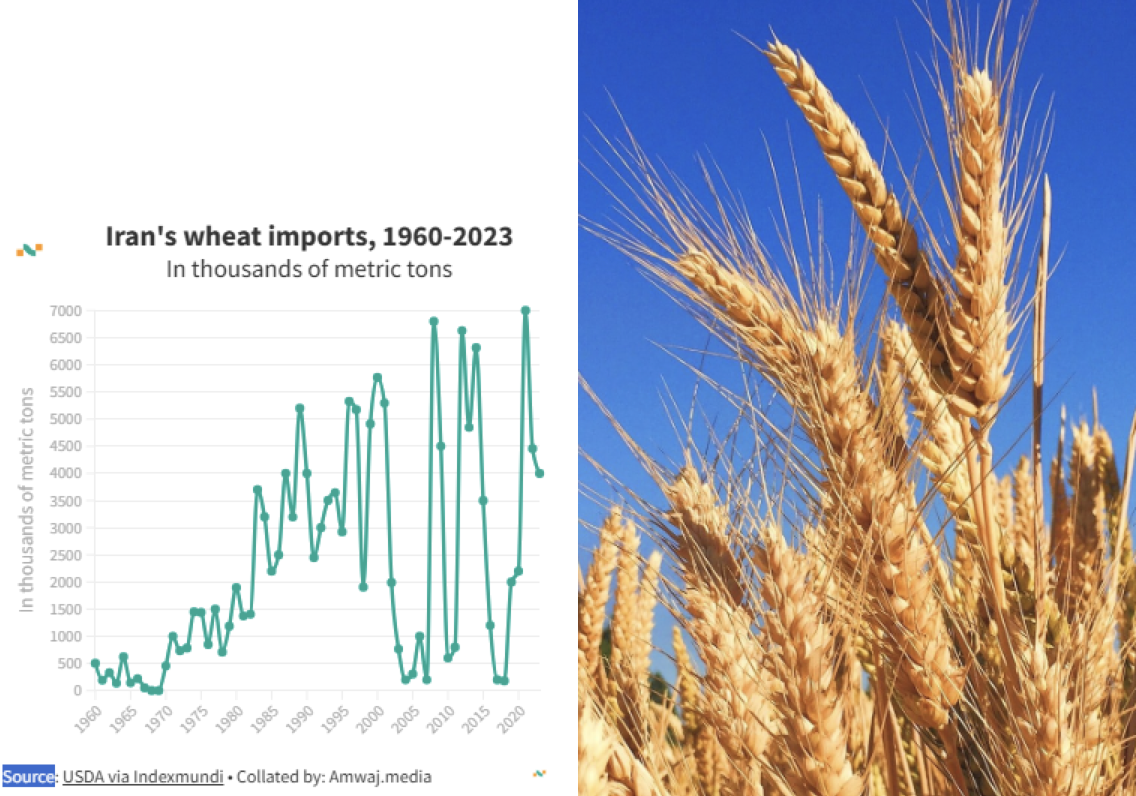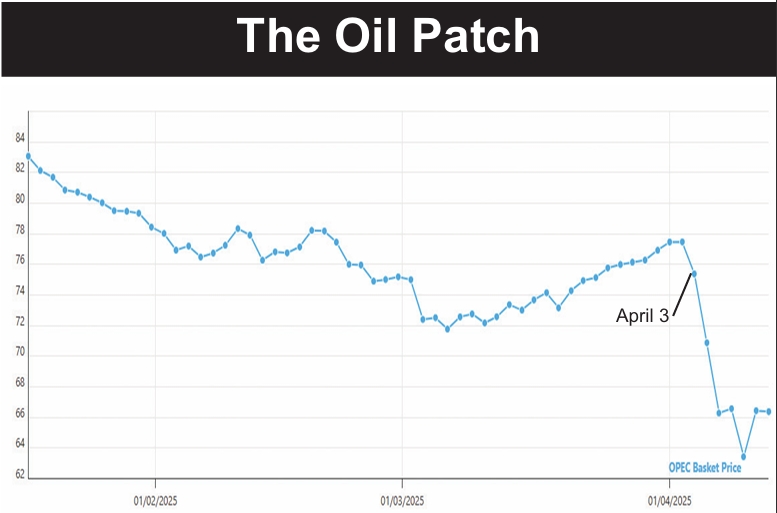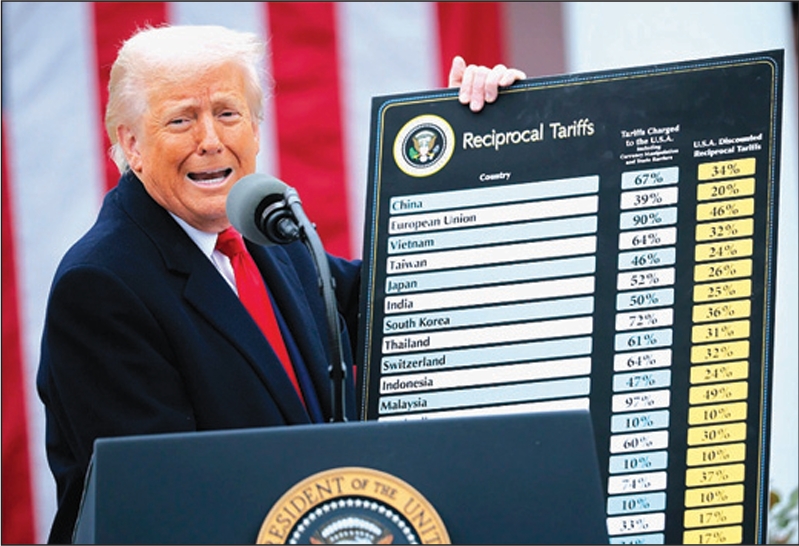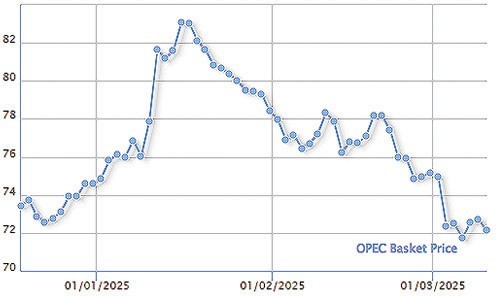The lack of rain this year’s means Iran’s wheat harvest will be cut by a third—and perhaps as much as half—forcing the regime to pay a small fortune for imported wheat.
That will mean another year in which Iran is not self-sufficient in wheat production—a major goal of the revolution that the regime struggled to achieve at great expense.
Officials from the Iranian ministry of agriculture said April 20 that the country’s wheat harvest could amount to only 9 to11 million metric tons (mt) this year, down from the 16 million mt reported last year.
Mohammad Reza Talayi, a deputy agriculture minister, said lower precipitation had caused a major decline in the yields of dry-land farms across Iran.
He said, however, that the western and northwestern provinces, where wheat is harvested in late summer, could experience better yields because of recent increases in rainfall.
The comments came after Gholamreza Golmohammadi, another deputy agriculture minister, said this year’s wheat crop in Iran could fall as low as 8 million mt.
That means Iran should import up to 6 million mt of the grain to respond to rising domestic demand that has been exacerbated by cheap prices.
The revolution complained that, under the Shah, Iran had to import much more wheat in the 1970s than before, making the country dependent on foreigners. But, after the revolution, wheat imports surged, as the accompanying chart shows. In the 21st century, the government been able to hold imports to modest levels in 10 years, but in 15 years Iran has been a major importer.
Iran’s state broadcaster said the country spent more than $3 billion last year to buy nearly 12 million mt of wheat from its farmers. The bumper crop enabled the government to declare self-sufficiency in wheat production and stop placing orders for sizable shipments of the crop from countries like Russia.
That comes as Iran had cut its annual wheat imports by 7 million mt to 1.8 million mt in the calendar year to late March 2024.
Iran has already started this year’s wheat purchase program in five provinces in its south. The Government Trading Corporation said the government expects to buy wheat from more than 814,000 farmers through September, when the harvest season ends in the country.






















